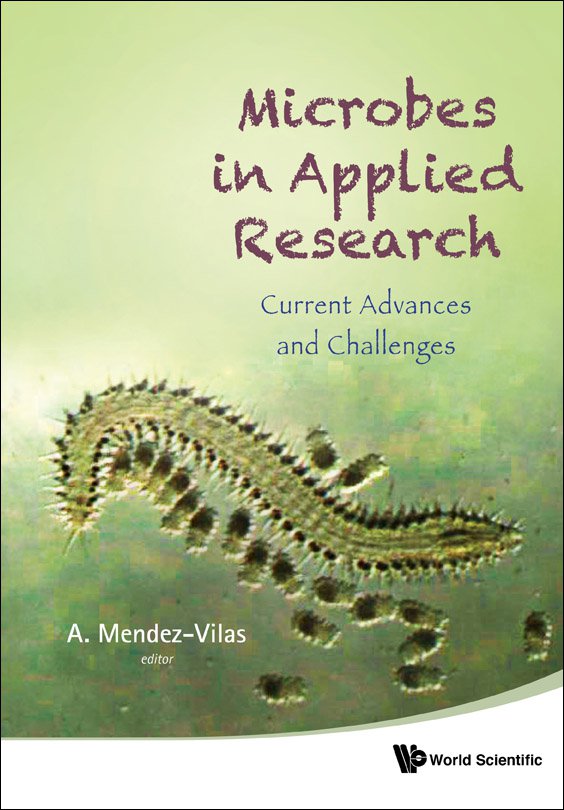Detection of microorganisms in patients with Brackets MBT and Alexander
Orthodontics as a science can not be isolated from the dental and cultural evolution of the world. The application components can cause alterations in microbial flora due to reduced pH and increased retention areas for microorganisms.
Objective. Determined by multiplex PCR, the presence of Streptococcus mutans, Porphyromonas gingivalis, Streptococcus intermedius and Streptococcus sobrinus in patients with orthodontic treatment techniques in the MBT and Alexander Orthodontics Clinic UAS.
Materials and Methods. Were token 80 patients of both sexes attending the Clinic of Orthodontics and Orthopedics at the UAS of between 12 and 25 years old with fixed appliance orthodontic techniques Alexander (0.18) and MBT (3M), with a minimum of 3 months placing the brackets, all samples were applied Multiplex PCR.
Results. In 41 patients with brackets Alexander, Streptococcus intermedius, 8 (19.5%) compared with 39 patients with MBT brackets Porphyromonas gingivalis in brackets Alexander 5 (12.2%) cases versus 1 (2.6%) case in MBT Brackets, Streptococcus mutans was (p = .738) in brackets Alexander 6 (14.6%) versus 4 (10.3%) MBT. Streptococcus Sobrinus was (p =. 433) with Alexander Brackets 5 (12.2%) and 2 (5.1%) with MBT brackets.
Conclusion. Is to identify microorganisms associated with dental caries and periodontal disease in patients with brackets attached (Alexander) and twin brackets (MBT). The increased presence of microorganisms in number and species was attached (Alexander) compared with twin brackets (MBT). There were no organisms analyzed in this study for age, sex and design of brackets.



